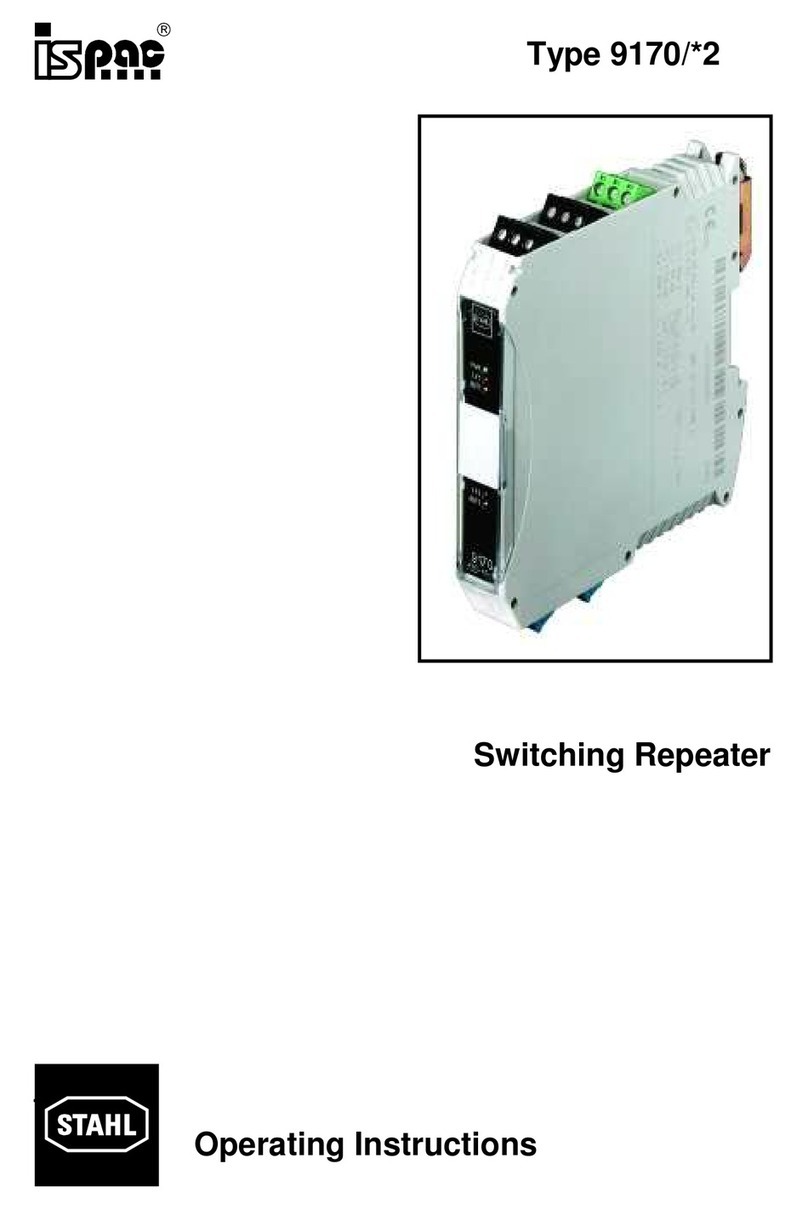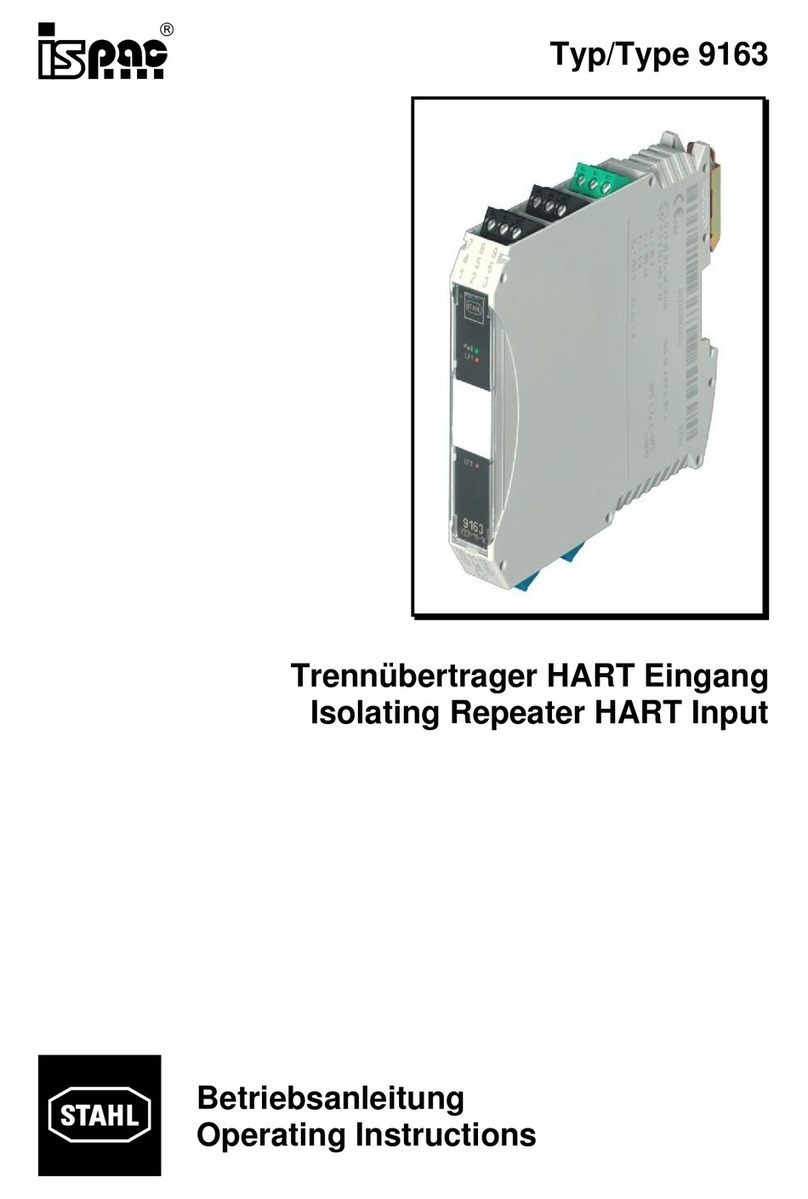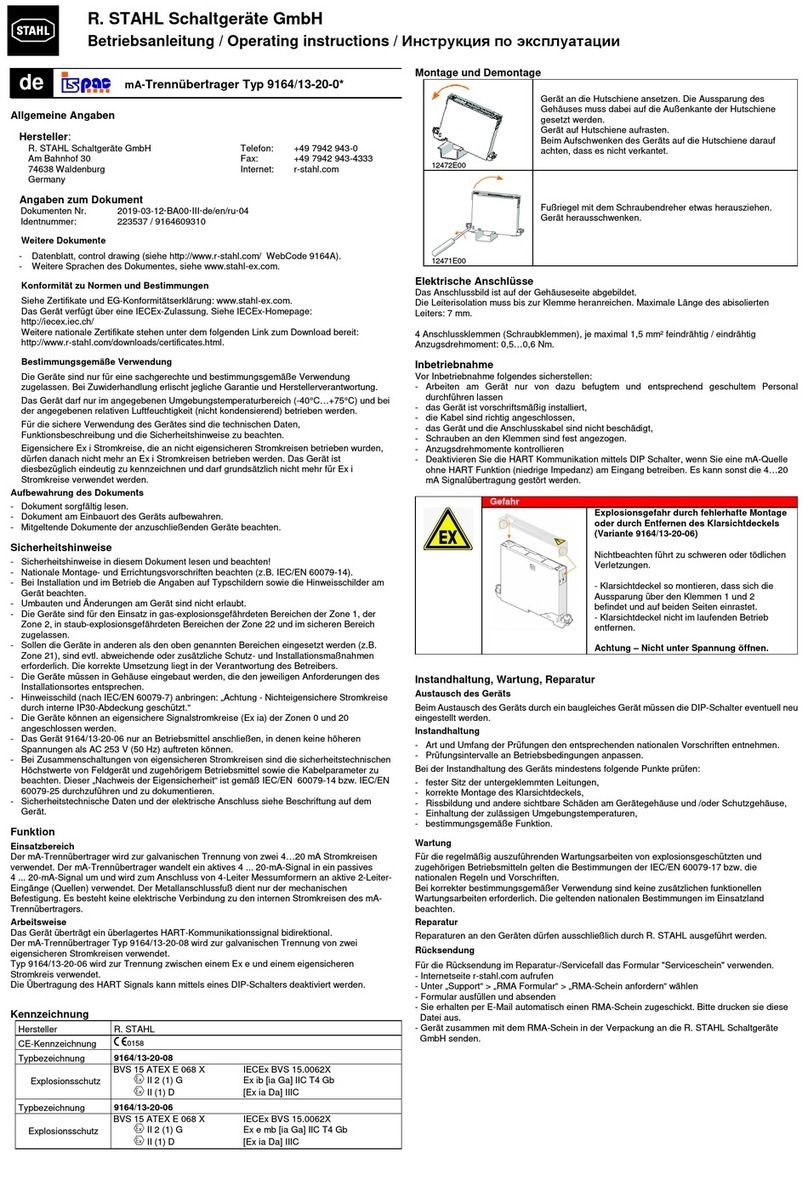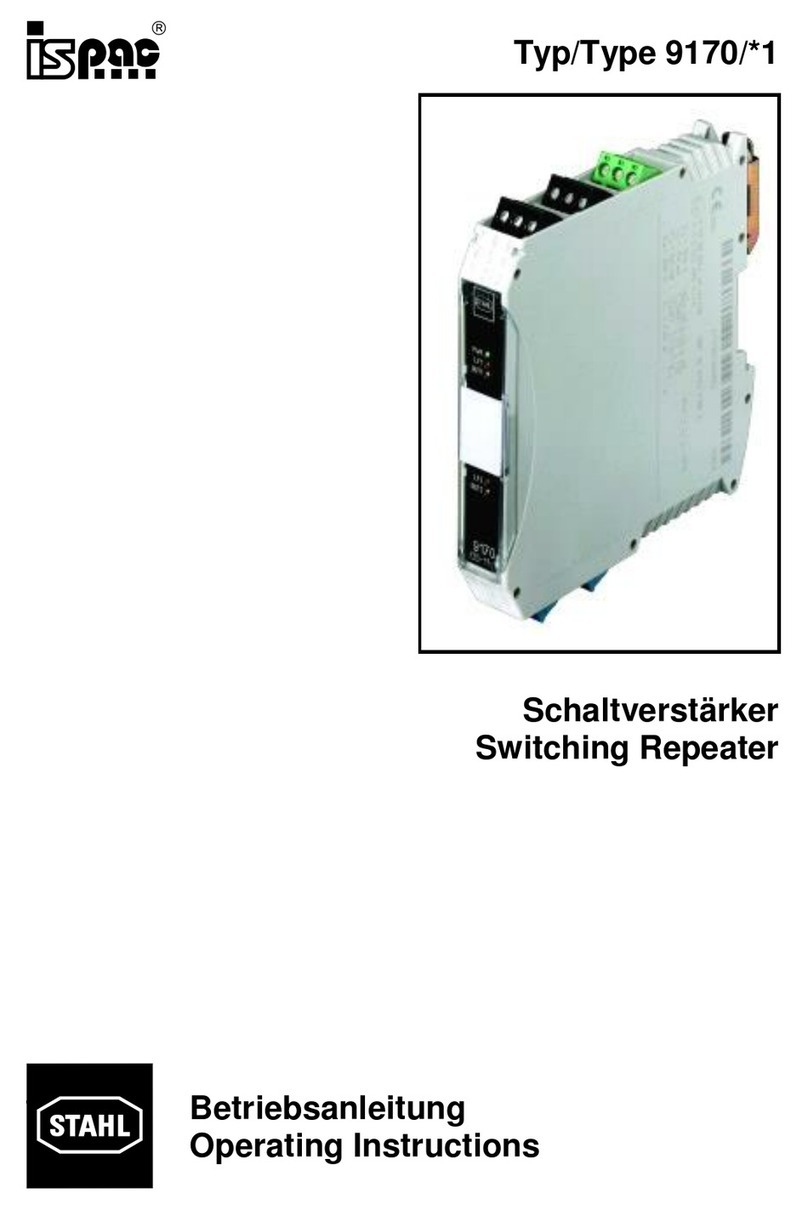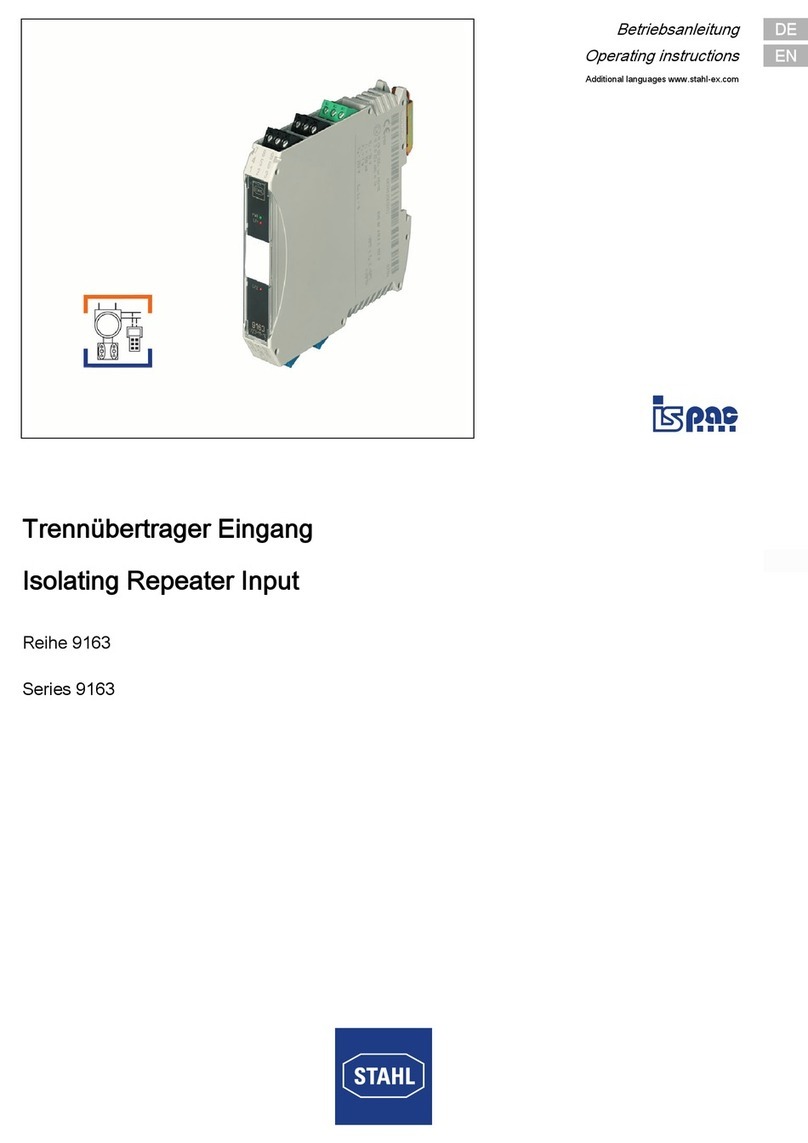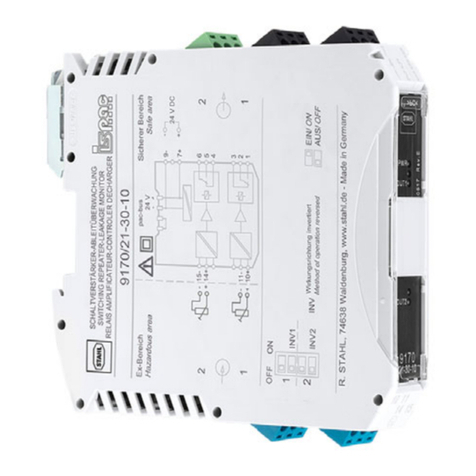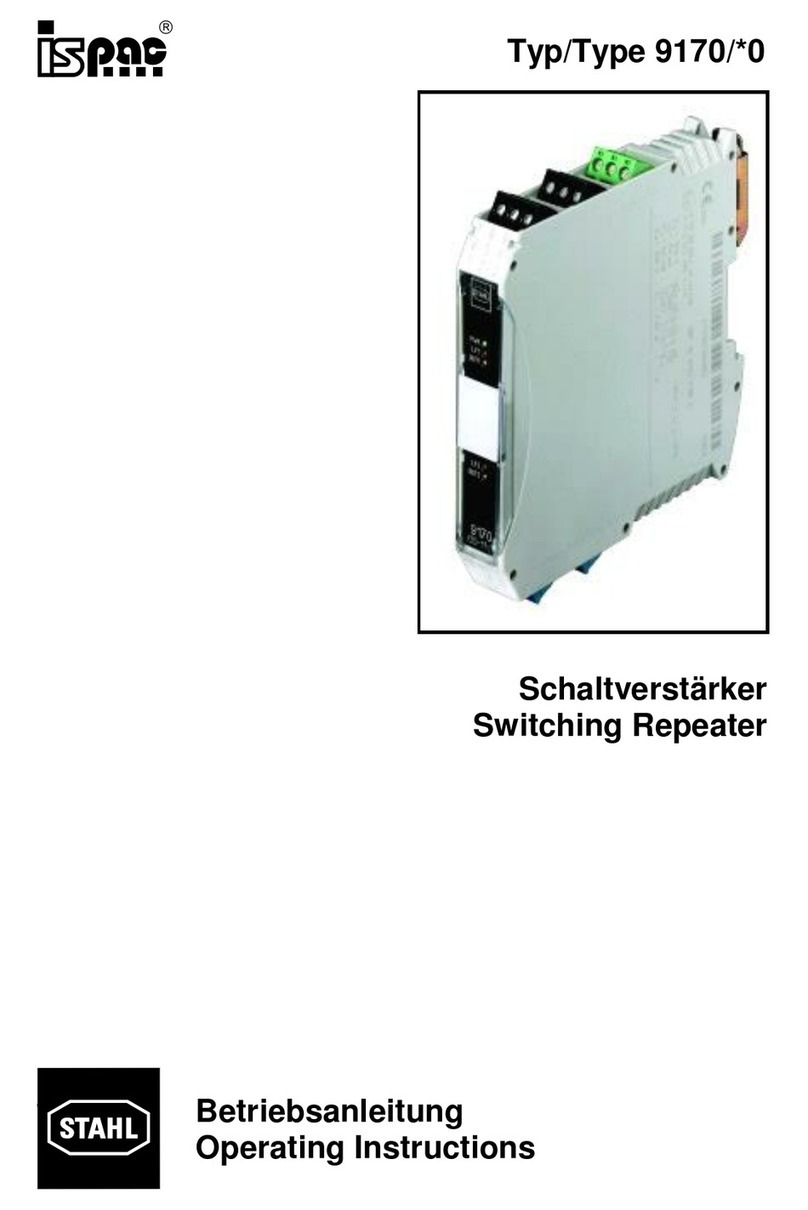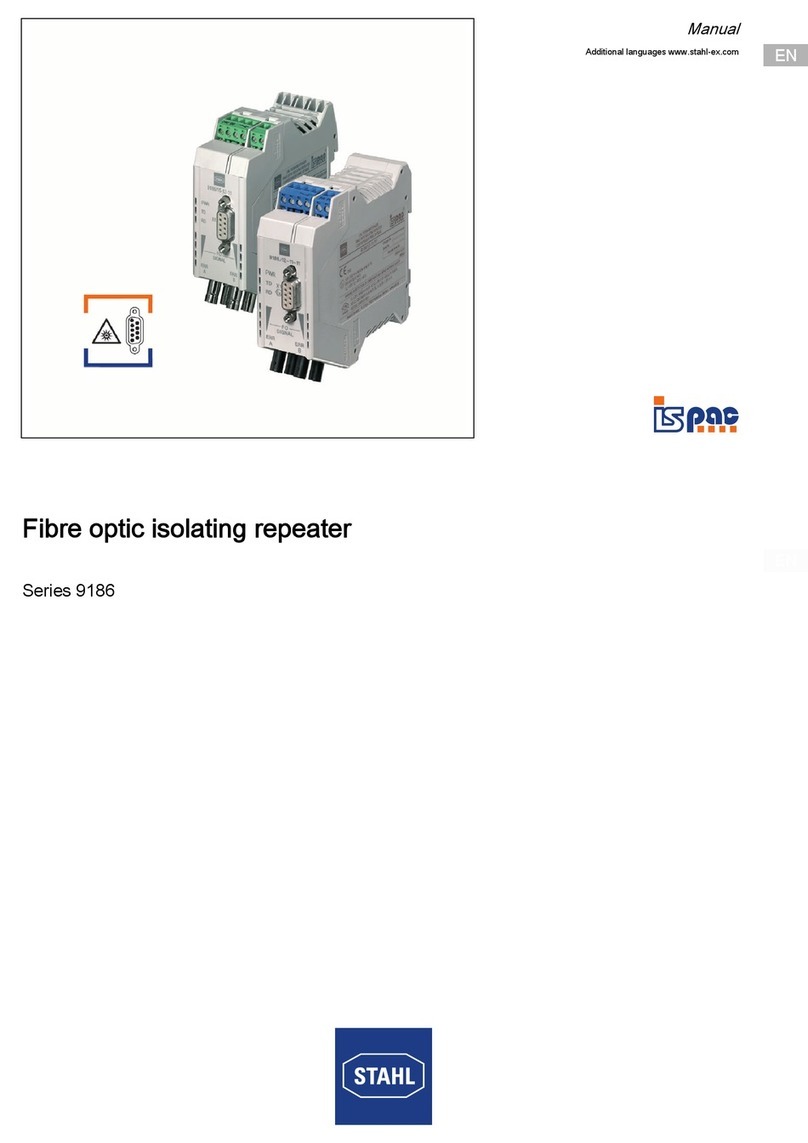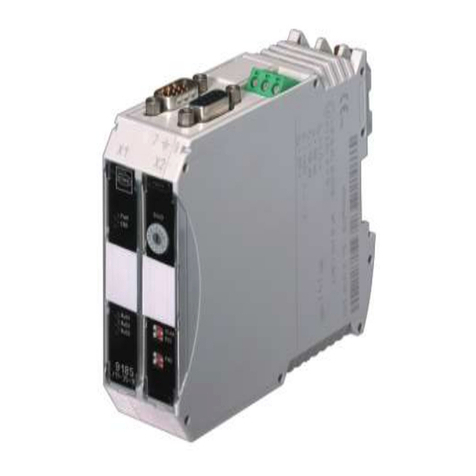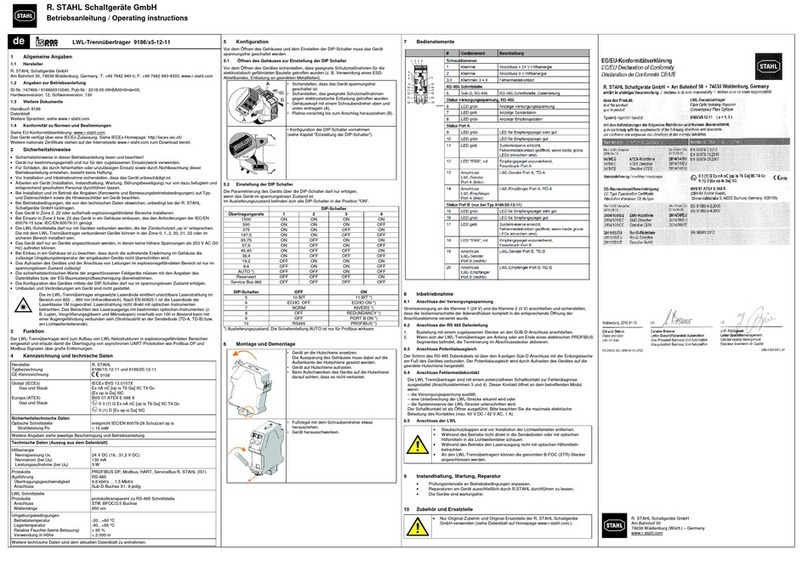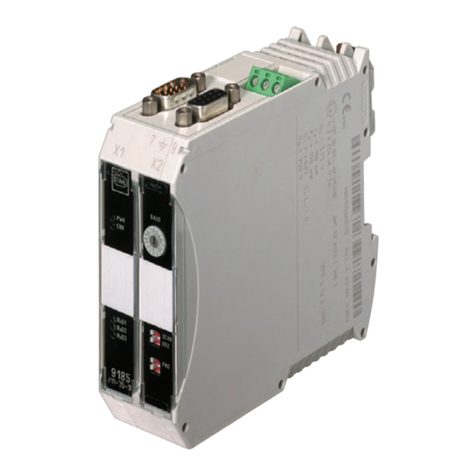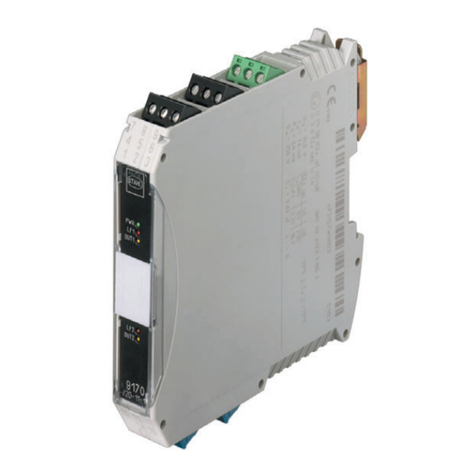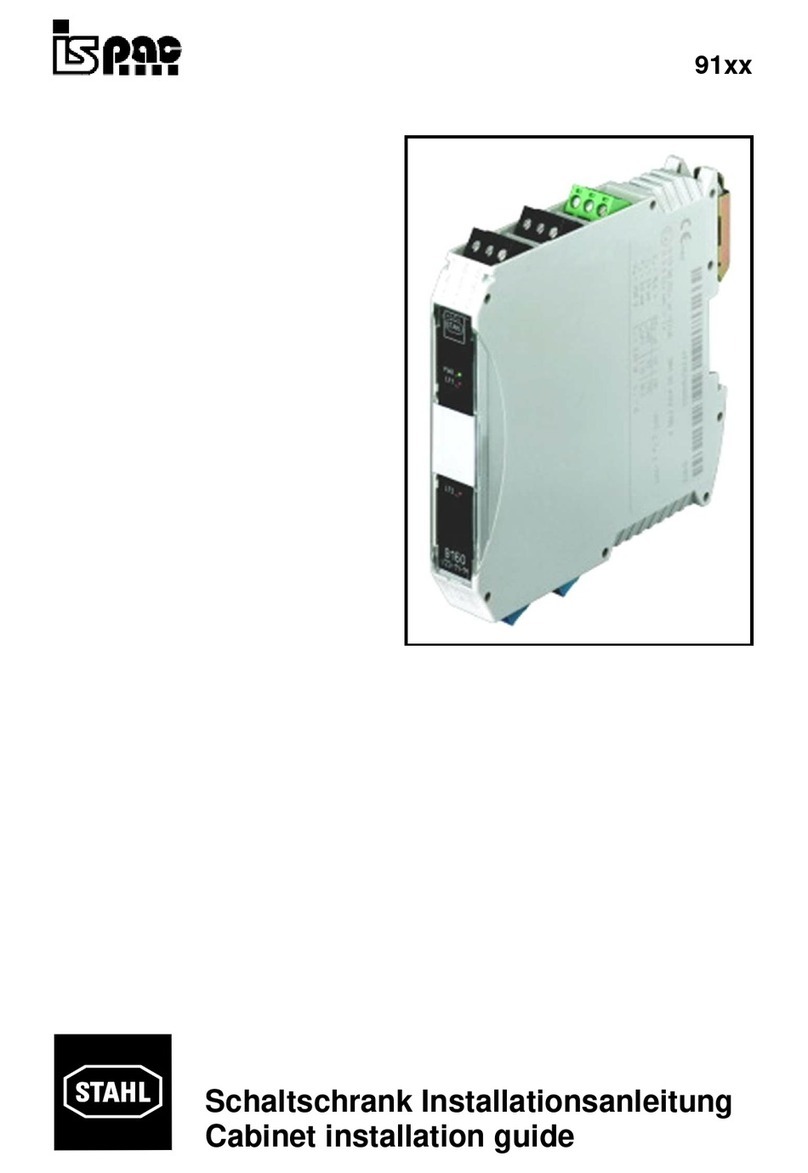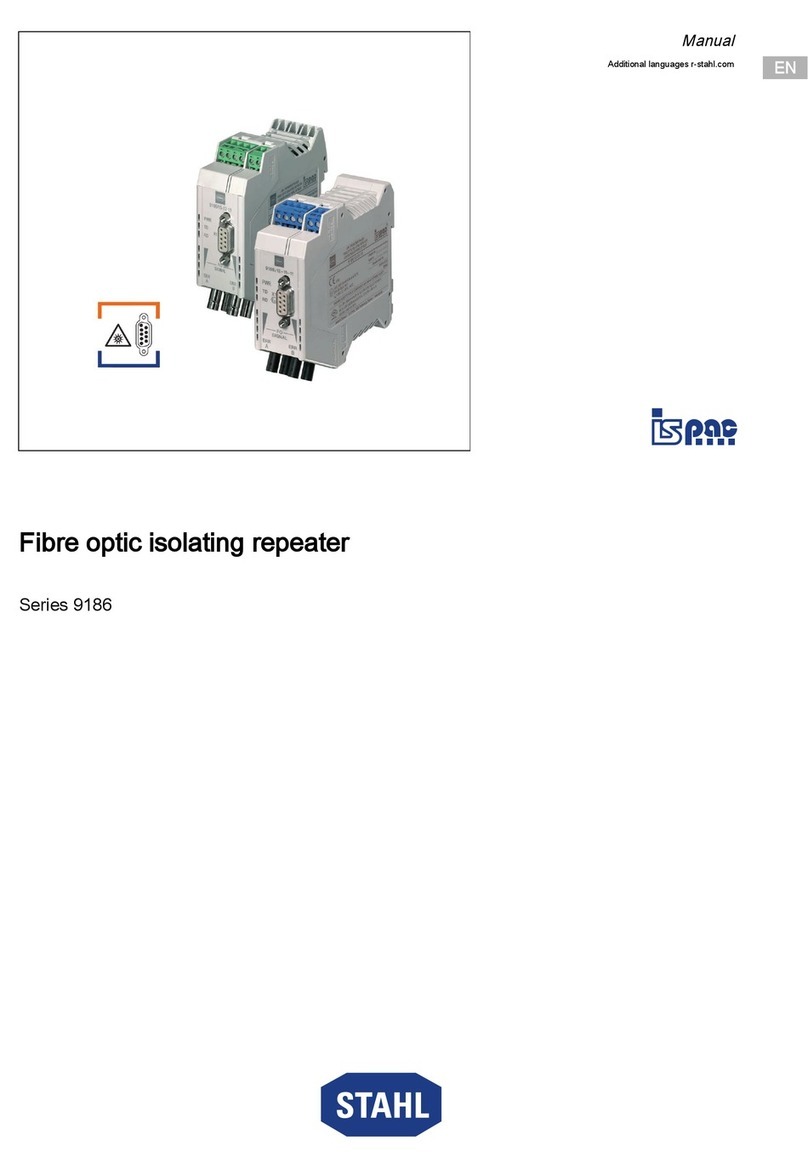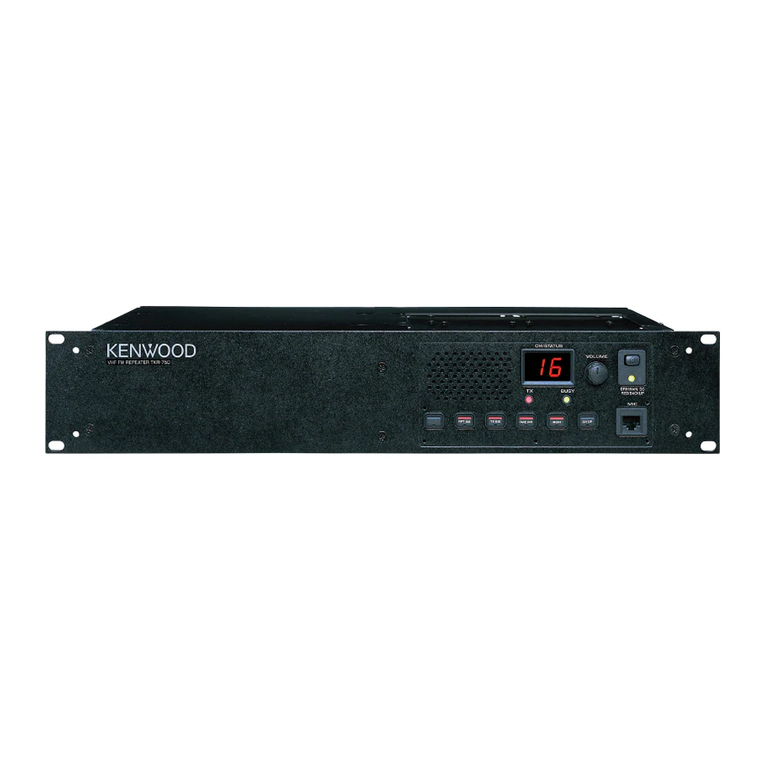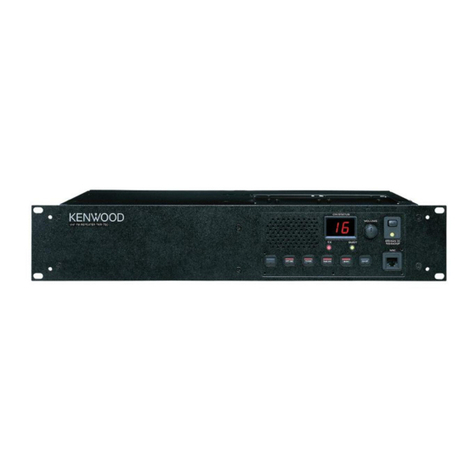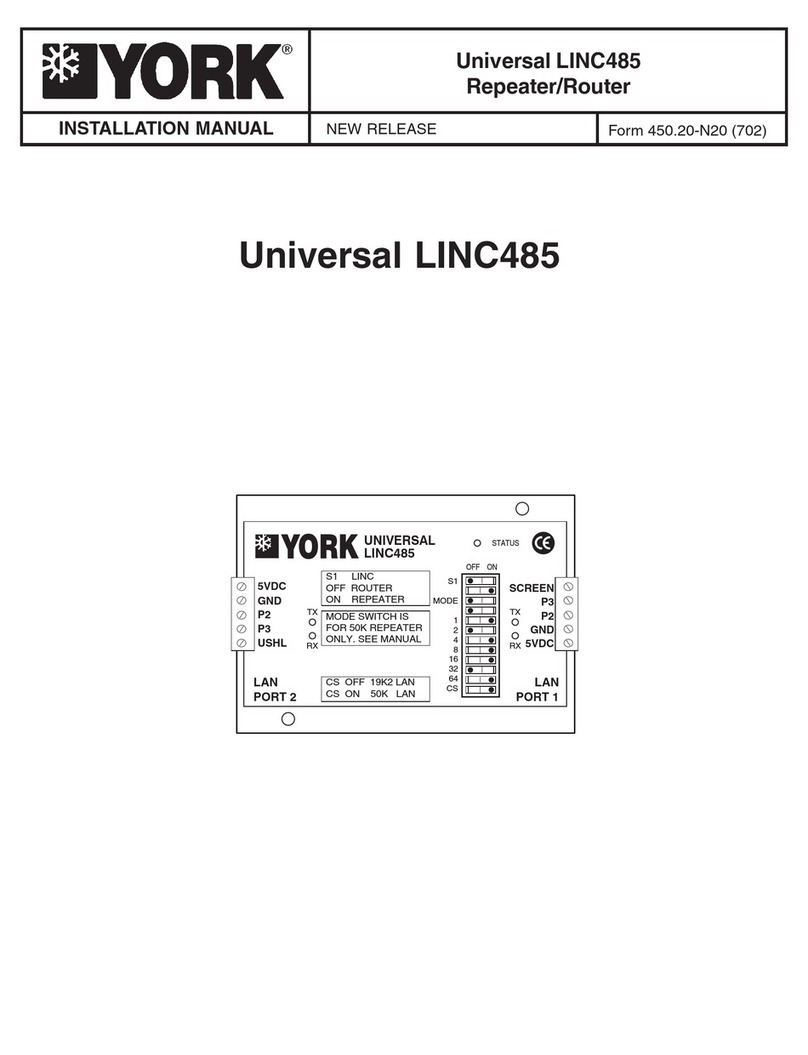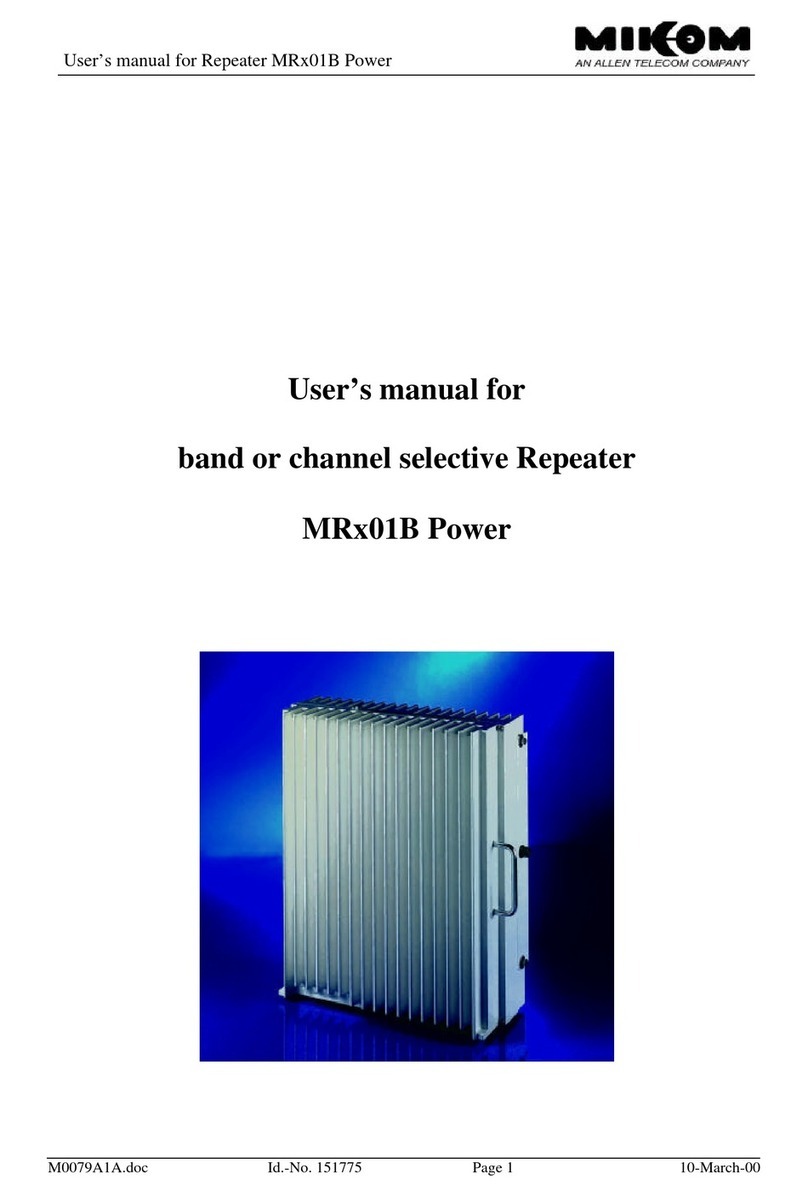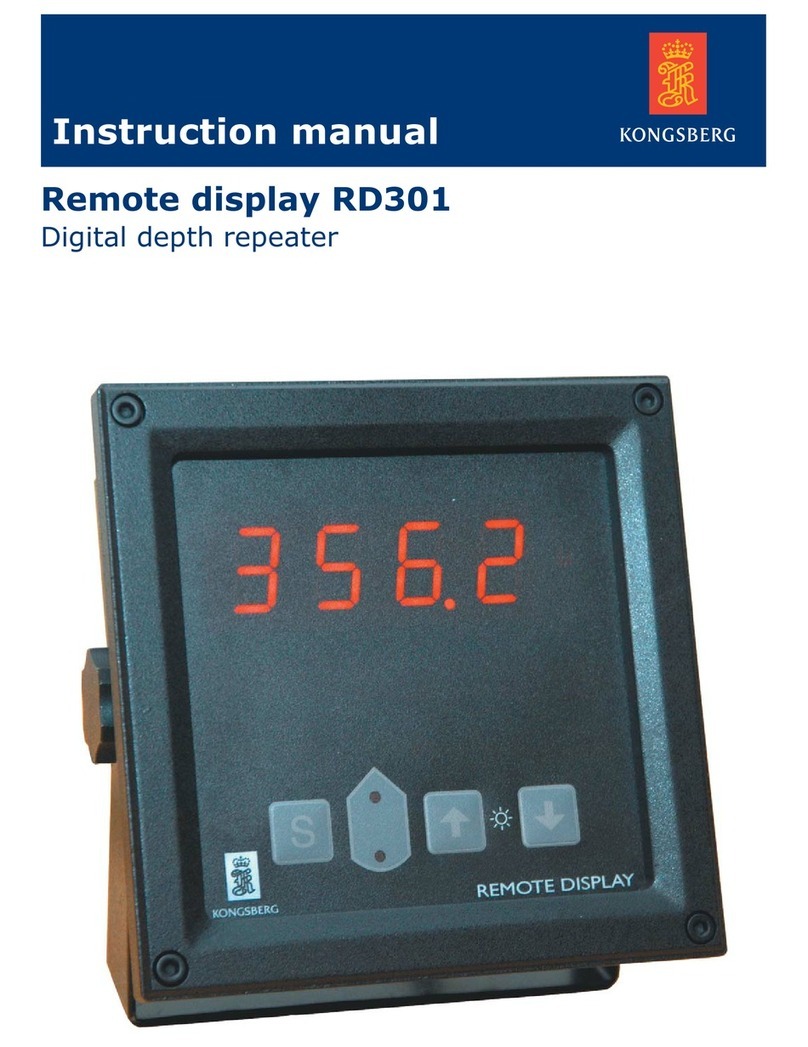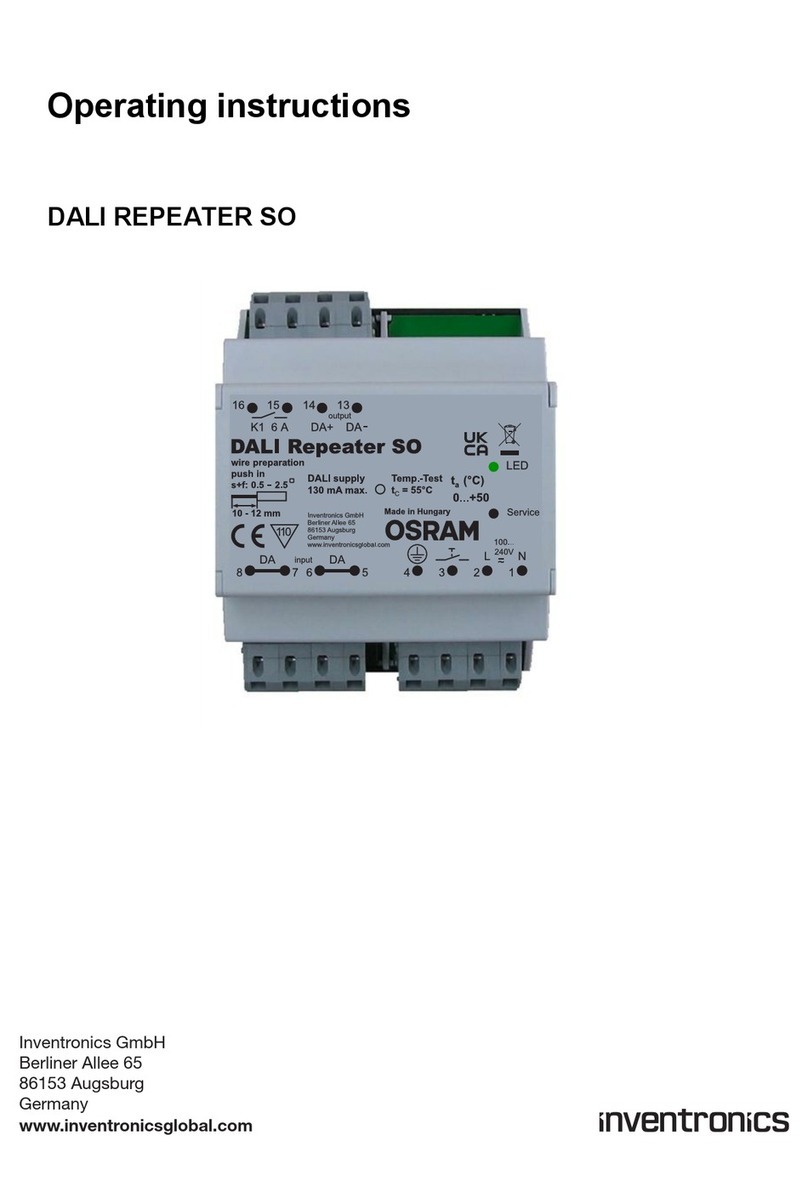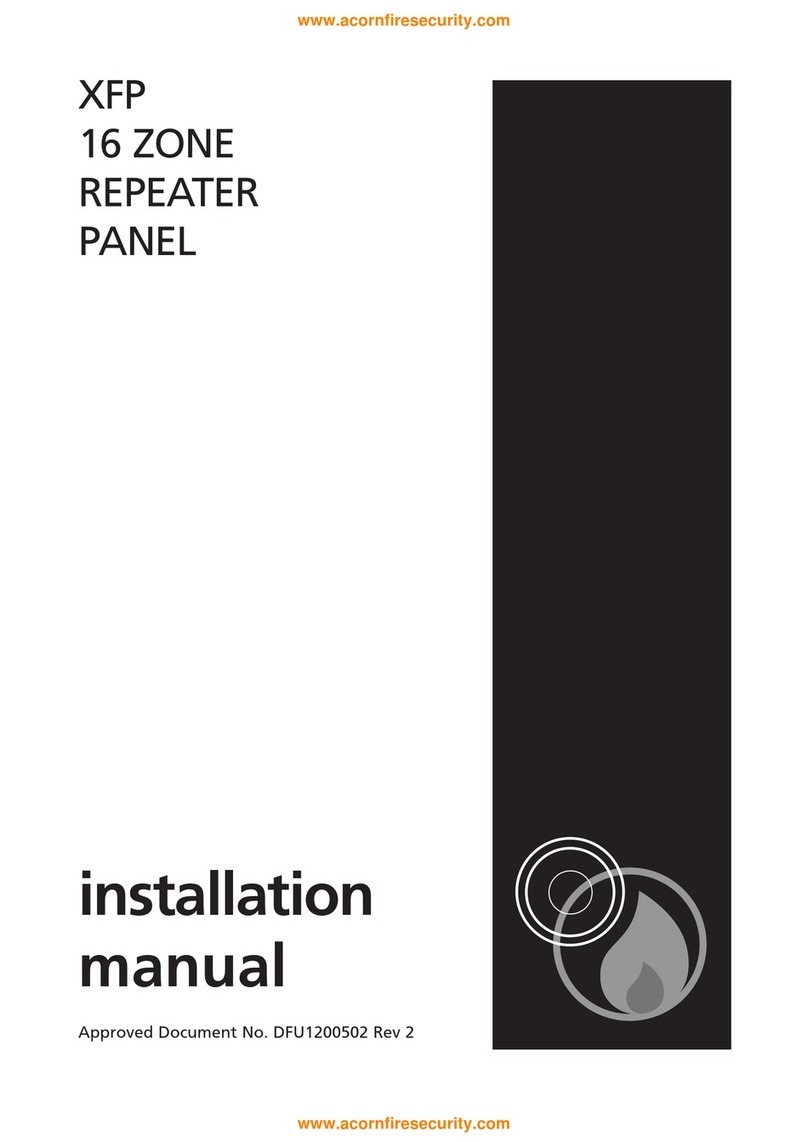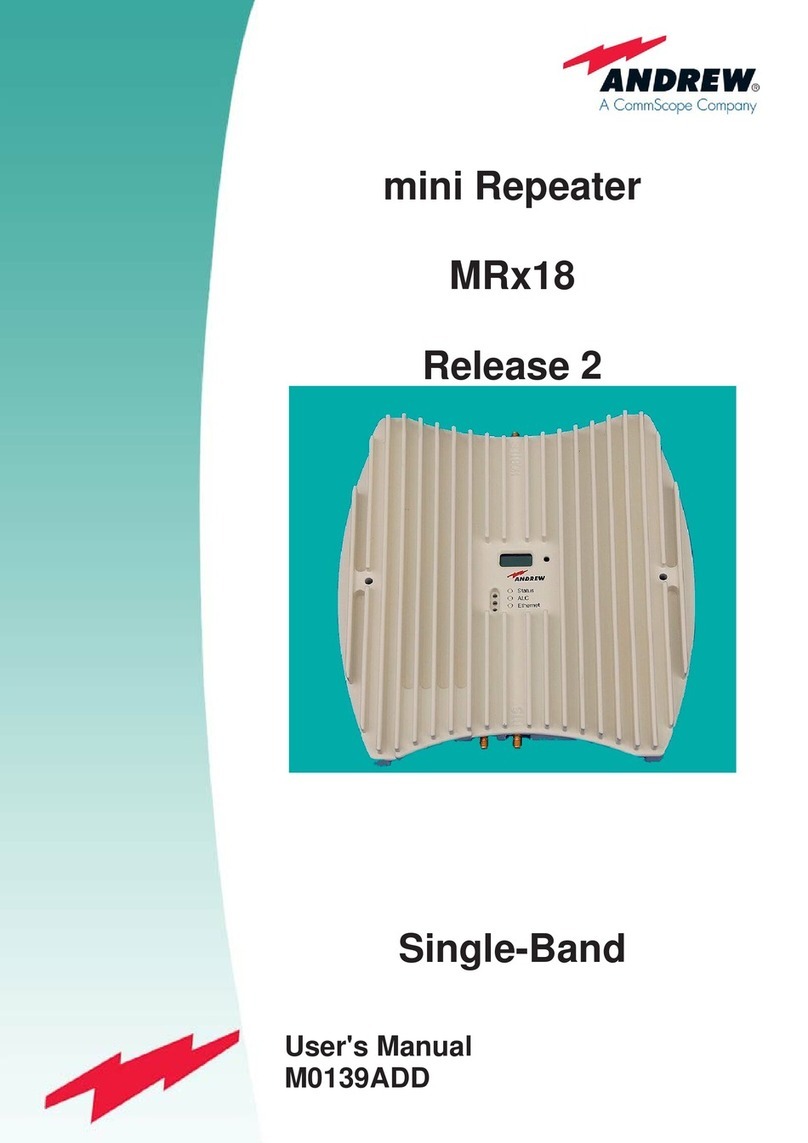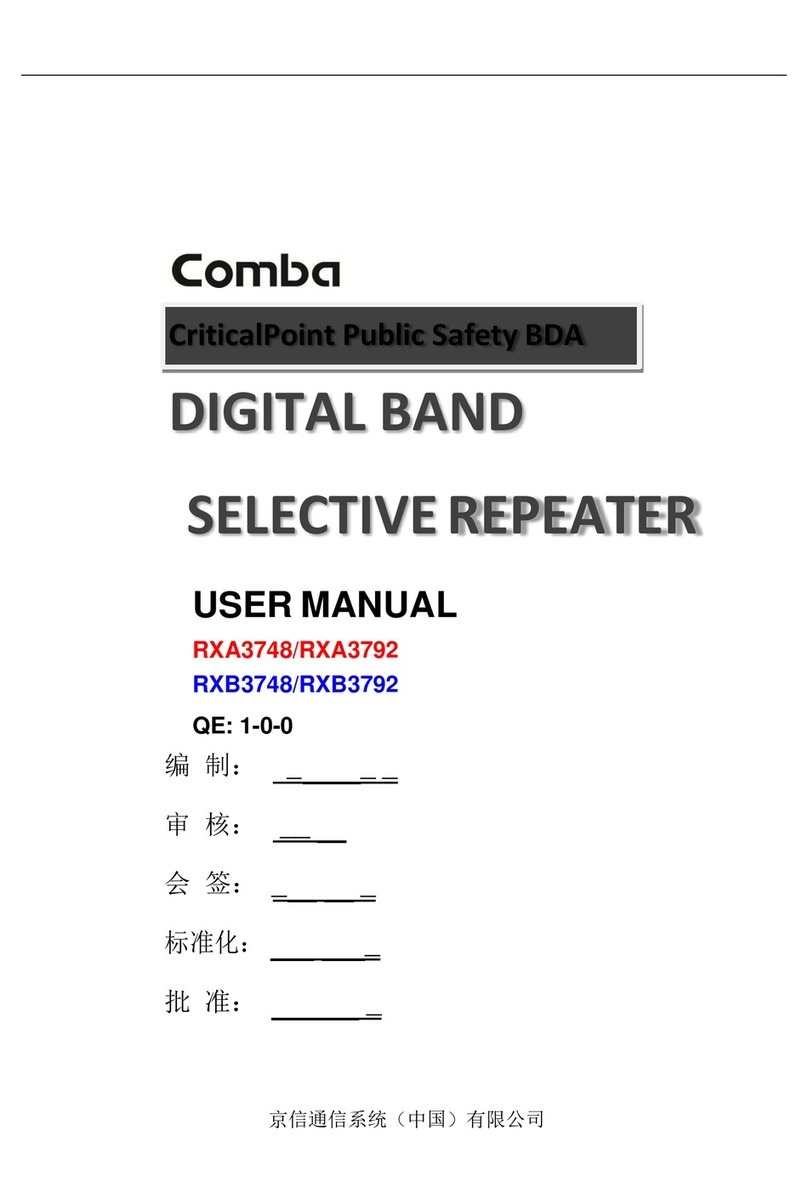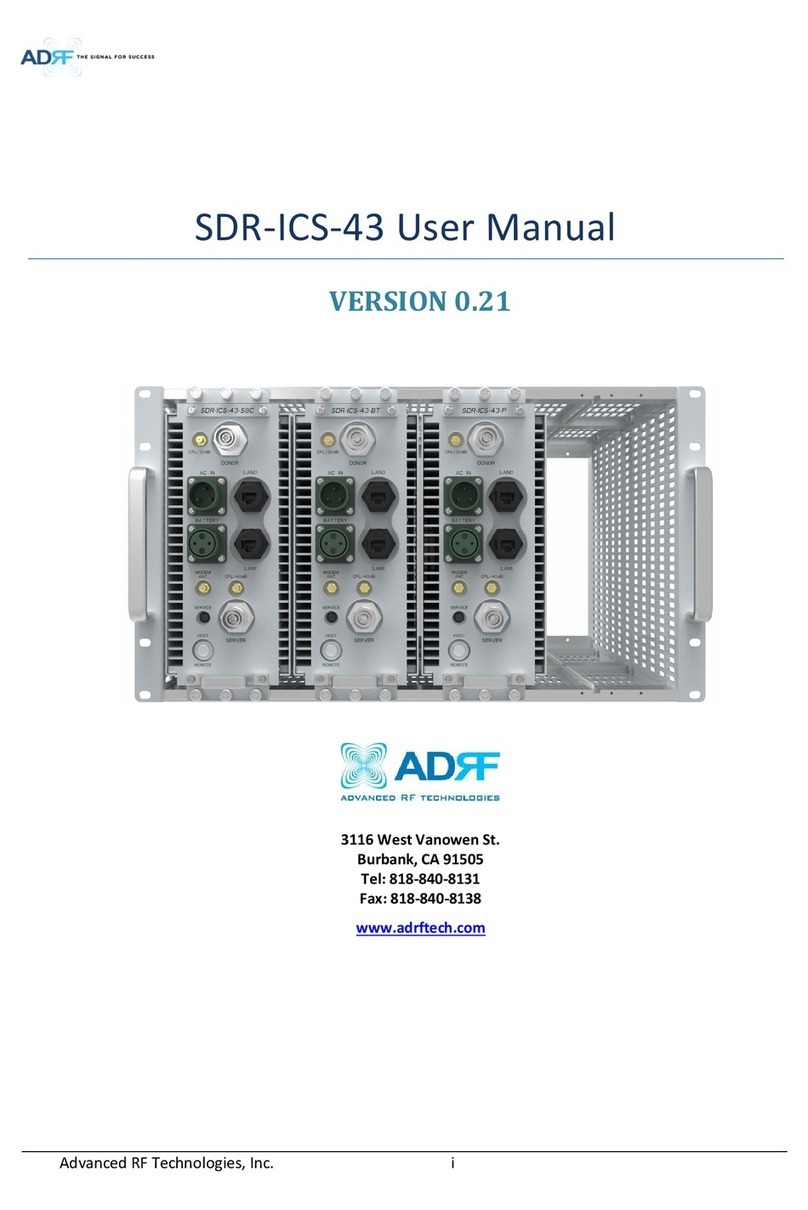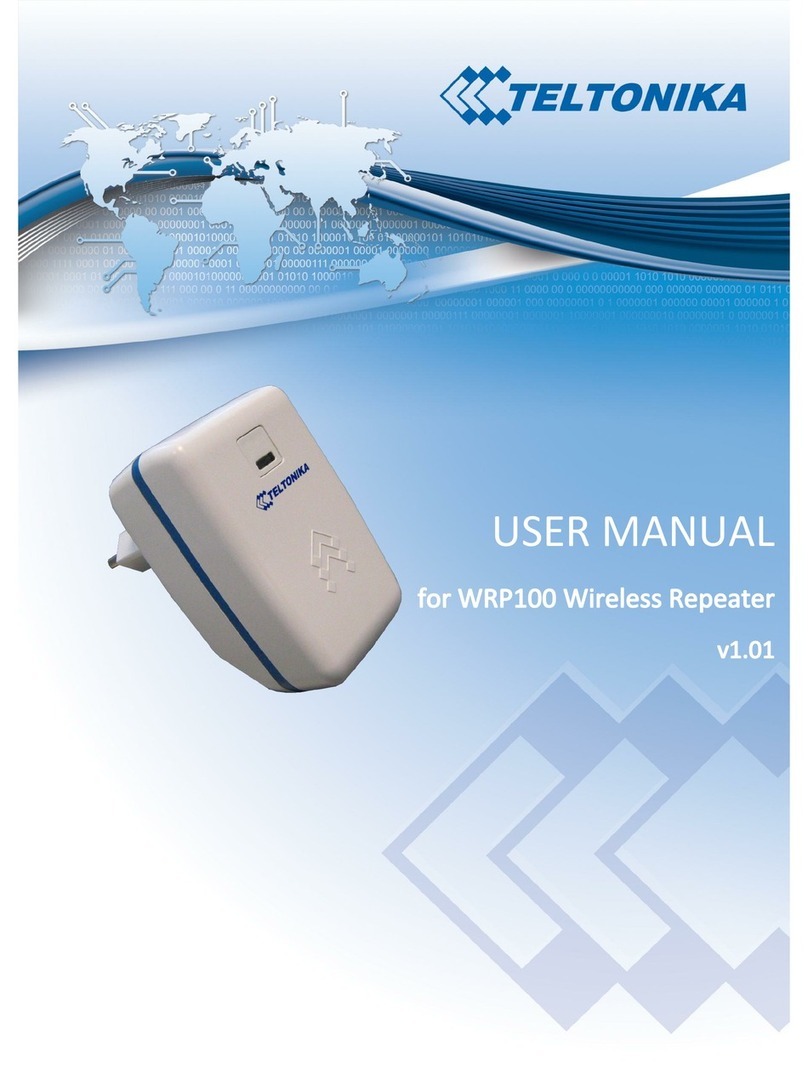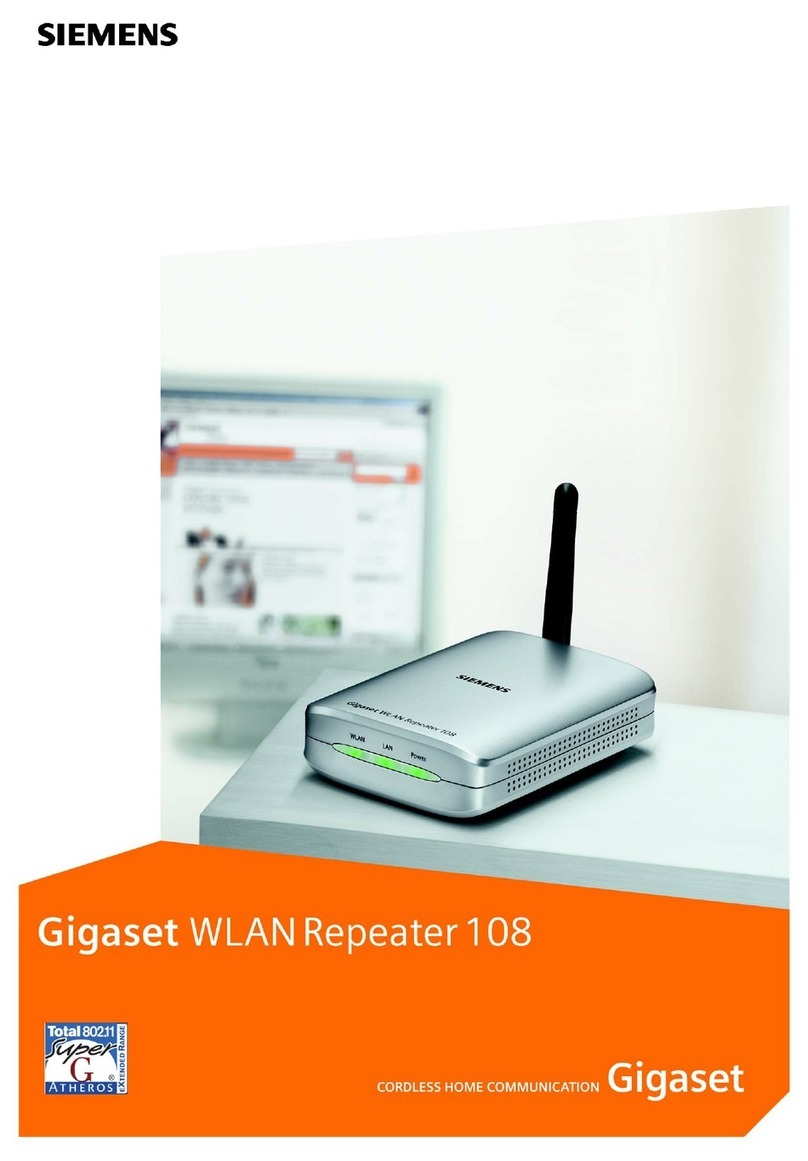
2
Inhaltsverzeichnis
1
Sicherheitshinweise..........................................................................................................3
2
Normenkonformität...........................................................................................................3
3
Funktion.............................................................................................................................4
4
Kennzeichnung und technische Daten ............................................................................4
5
Projektierung.....................................................................................................................5
5.1
Maximal zulässige Umgebungstemperaturen..........................................................5
5.2
Verlustleistung...........................................................................................................5
5.3
Projektierung der Verlustleistung in Schaltschränken .............................................6
6
Anordnung und Montage..................................................................................................7
6.1
Maßzeichnung...........................................................................................................7
6.2
Installation..................................................................................................................7
6.3
Montage und Demontage..........................................................................................7
7
Inbetriebnahme.................................................................................................................8
7.1
Anschlüsse ................................................................................................................8
7.2
Einstellungen.............................................................................................................8
8
Betrieb- und Betriebszustände.........................................................................................8
9
Reparatur und Instandhaltung..........................................................................................8
10
Zubehör und Ersatzteile................................................................................................9
Content
1
Safety instructions...........................................................................................................10
2
Conformity to standards .................................................................................................10
3
Function...........................................................................................................................11
4
Marking and technical data.............................................................................................11
5
Engineering.....................................................................................................................12
5.1
Max. ambient temperatures....................................................................................12
5.2
Power dissipation ....................................................................................................12
5.3
Engineering of the power dissipation in cabinets...................................................13
6
Arrangement and fitting ..................................................................................................14
6.1
Dimensions..............................................................................................................14
6.2
Installation................................................................................................................14
6.3
Mounting and dismounting......................................................................................14
7
Commissioning ...............................................................................................................15
7.1
Connections.............................................................................................................15
7.2
Settings....................................................................................................................15
8
Operation and operational states...................................................................................15
9
Maintenance and repair..................................................................................................15
10
Accessories and spare parts ......................................................................................16
EG-Konformitätserklärung / EC-Declaration of Conformity..................................................17
EG-Baumusterprüfbescheinigung .........................................................................................18
EC-Type Examination Certificate ..........................................................................................19
Certification – drawing UL......................................................................................................20
Certification drawing – FM.....................................................................................................21
Certification drawing – CSA...................................................................................................22

